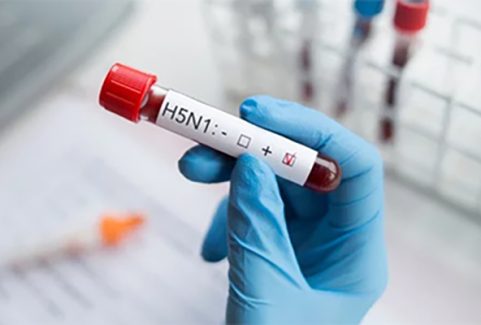Switching from old corn silage to freshly cut, or recently fermented, corn silage can be the cause of a “fall slump” for many dairies. This is a time when production may drop, as often seen across the country.
“In the fall, dairy producers often see decreases in milk production, or the inability to reach production targets, when switching from old silage to the new crop,” says Bob Charley, Ph.D., Forage Products Manager, Lallemand Animal Nutrition. “This can be accompanied by changes like decreased feed intake or loose manure. Dairy producers simply can’t afford to see reduced health and performance because of feed changes – and they shouldn’t have to.”
The first step in avoiding a fall slump is to understand the potential causes. First, fresh silage may have lower starch digestibility. Especially when harvested above 35 percent dry matter (DM) the starch in corn starts to become less digestible. In addition, there can be normal variances in DM, kernel processing score and nutrient content from one silo to the next, and from one year to the next.
Plus, early fed silages or green chop crops are not “finished products”. For example, they can contain high levels of readily fermentable carbohydrates, which can contribute to Sub Acute Ruminal Acidosis (SARA). SARA is a major reason why producers see changes in performance during this time.
To avoid a fall production slump, Dr. Charley recommends:
- Allowing silage to ensile for at least four months before feeding. As silage spends additional weeks in storage, the starch becomes more digestible;
- Changing silos gradually over a two- to four-week period, increasing the new season material by c. 25% each week;
- Testing new forages for DM, kernel processing score and nutrient content and adjusting the ration as necessary;
- Using a research-proven silage inoculant containing enzymes to help break down plant fiber, which aids in digestibility;
- Use a research-proven active dry yeast (ADY) probiotic that can help optimize rumen function and reduce the risk of dysfunction.
These steps are focused on easing the transition and giving the ensiling process time to produce a less changing feed. One of the key steps is applying a silage inoculant at ensiling, which can help prevent production drops by maintaining feed quality. Inoculants can also help improve stability of the silage. For instance, Lactobacillus buchneri 40788, applied at a minimum of 400,000 colony-forming units (CFU) per gram of silage or 600,000 CFU per gram of high-moisture corn (HMC), is the only inoculant bacteria strain reviewed by the FDA and allowed to claim improved aerobic stability.
Source – Farms.com




